Vodka is a liquor originating in Eastern Europe. It takes its name from voda, Russian for water. Like water, vodka is both colorless and odorless. It is a liquor obtained through distillation. Distillation is a process through which a liquid is brought to its boiling point in an instrument called a still, producing a vapor. This vapor is condensed into a more concentrated and pure substance, known as the distillate.Vodka is derived from the distillation of liquids obtained from grain and rye Apparently “bread wine,” liquor similar to vodka, was already being consumed in Russia around the year 1000. Also, in the 1400s some Polish writers mention a distillate called okowita, an adaptation of the Latin word for distillate, aquavitae.
Thanks to its high alcohol content, useful in combating the cold Russian winters, Vodka consumption was soon widespread. It was also used in herbal tea mixtures to help ease pain. Commercial production of vodka in Russia began in the fourteenth century, but in 1540 Tsar Ivan the Terrible restricted distillation licenses, conceding them only to members of the nobility. The Tsar’s restrictions effectively boosted clandestine vodka production. But homemade distillation was achieved with rudimentary tools, and the vodka produced contained impurities, too much alcohol, and was harmful. Between the eighteenth and nineteenth centuries, the vodka industry became one of Russia’s most profitable. Financed directly by the Tsars, it had access to technology that made it the most advanced in the country. New stills were designed and new distillation processes created. At the end of the nineteenth century, Tsar Alexander III asked chemist Dimitri Mendeleev to officially define vodka’s ideal alcohol content and distillation process. Following specific research, Mendeleev set the standard for vodka at 40% alcohol by volume.
The traditional vodka glass holds 5 cl of distillate, a small quantity of liquid containing roughly 120 calories. Due to its high alcohol content, it is unadvisable to drink large quantities of vodka. Recent research, however, suggests that a moderate consumption of vodka may have beneficial effects for diabetics. This is because vodka helps eliminate sugar from the bloodstream. In Eastern Europe vodka is also consumed with meals, straight and at room temperature. Around the world, vodka is used as an ingredient for a wide variety of cocktails, including the Black Russian, the Cosmopolitan and the Bloody Mary. Fruit and spice-flavored vodkas are also very popular
Thanks to its high alcohol content, useful in combating the cold Russian winters, Vodka consumption was soon widespread. It was also used in herbal tea mixtures to help ease pain. Commercial production of vodka in Russia began in the fourteenth century, but in 1540 Tsar Ivan the Terrible restricted distillation licenses, conceding them only to members of the nobility. The Tsar’s restrictions effectively boosted clandestine vodka production. But homemade distillation was achieved with rudimentary tools, and the vodka produced contained impurities, too much alcohol, and was harmful. Between the eighteenth and nineteenth centuries, the vodka industry became one of Russia’s most profitable. Financed directly by the Tsars, it had access to technology that made it the most advanced in the country. New stills were designed and new distillation processes created. At the end of the nineteenth century, Tsar Alexander III asked chemist Dimitri Mendeleev to officially define vodka’s ideal alcohol content and distillation process. Following specific research, Mendeleev set the standard for vodka at 40% alcohol by volume.
The traditional vodka glass holds 5 cl of distillate, a small quantity of liquid containing roughly 120 calories. Due to its high alcohol content, it is unadvisable to drink large quantities of vodka. Recent research, however, suggests that a moderate consumption of vodka may have beneficial effects for diabetics. This is because vodka helps eliminate sugar from the bloodstream. In Eastern Europe vodka is also consumed with meals, straight and at room temperature. Around the world, vodka is used as an ingredient for a wide variety of cocktails, including the Black Russian, the Cosmopolitan and the Bloody Mary. Fruit and spice-flavored vodkas are also very popular
RELATED
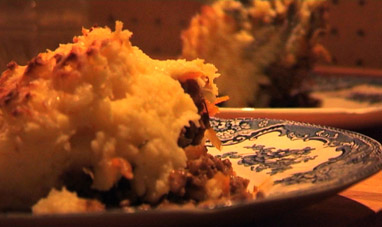

SHEPHERD'S PIE
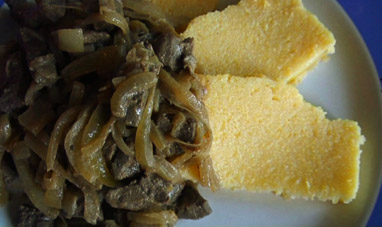

LIVER ALLA VENEZIANA
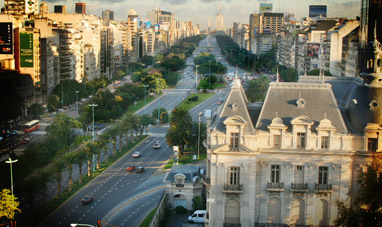

BUENOS AIRES


BEIJING


BAVARIAN CUISINE


CARIBBEAN CUISINE
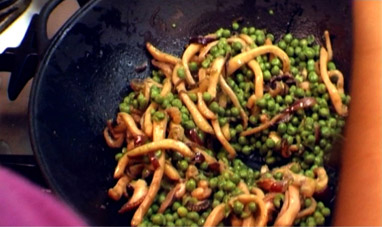

SEPPIOLINE WITH PEAS


ARAB CUISINE
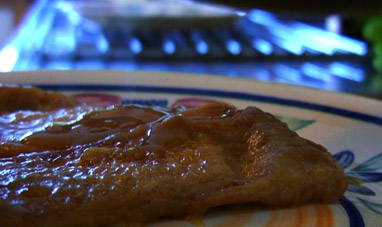

SCALOPPINE IN WHITE WINE SAUCE
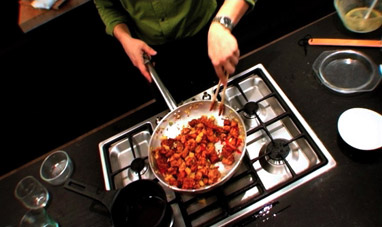

SWEET AND SOUR PORK


CHOCOLATE SALAMI
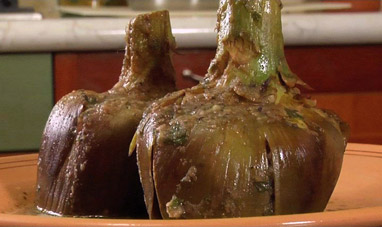

ROMAN-STYLE ARTICHOKES


VITELLO TONNATO


NEW YORK


LONDON
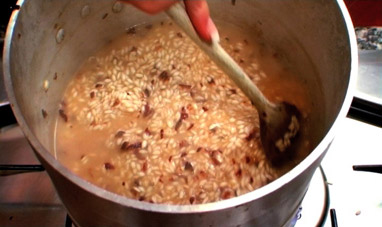

SHRIMP RISOTTO
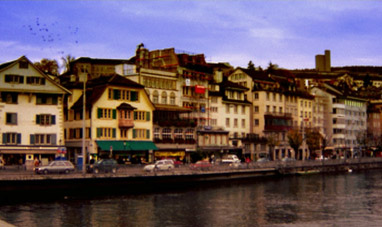

ZÜRICH


TOKYO


RATATOUILLE


SYDNEY OPERA HOUSE


JAPANESE CUISINE


SHANGHAI


BAGHDAD


ABU DHABI
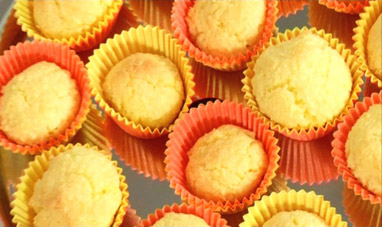

COCONUT DELIGHTS


SPANISH CUISINE


THE ACROPOLIS IN ATHENS
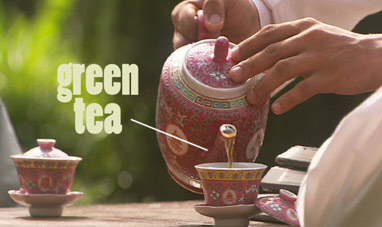

CHINESE CUISINE


AMSTERDAM


KOREAN CUISINE


RIO DE JANEIRO


BRAZIL


ITALIAN TOURING CLUB


GREEK CUISINE


MOSCARDINI WITH PEAS


NEW DELHI
